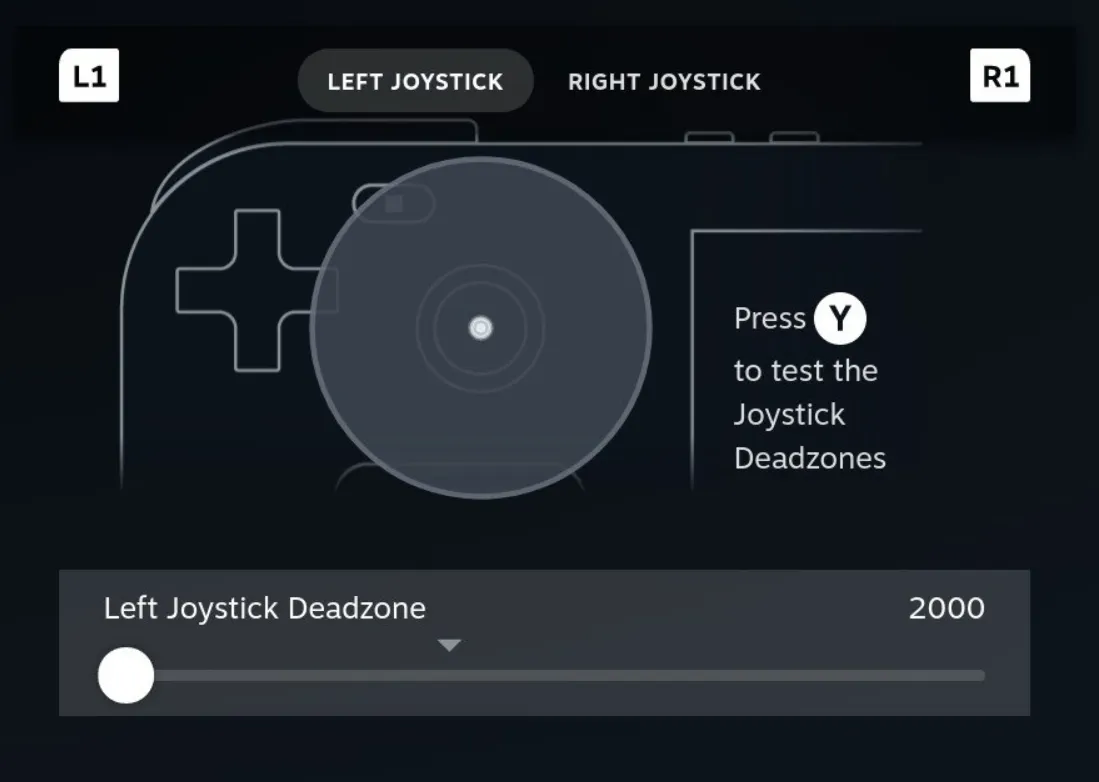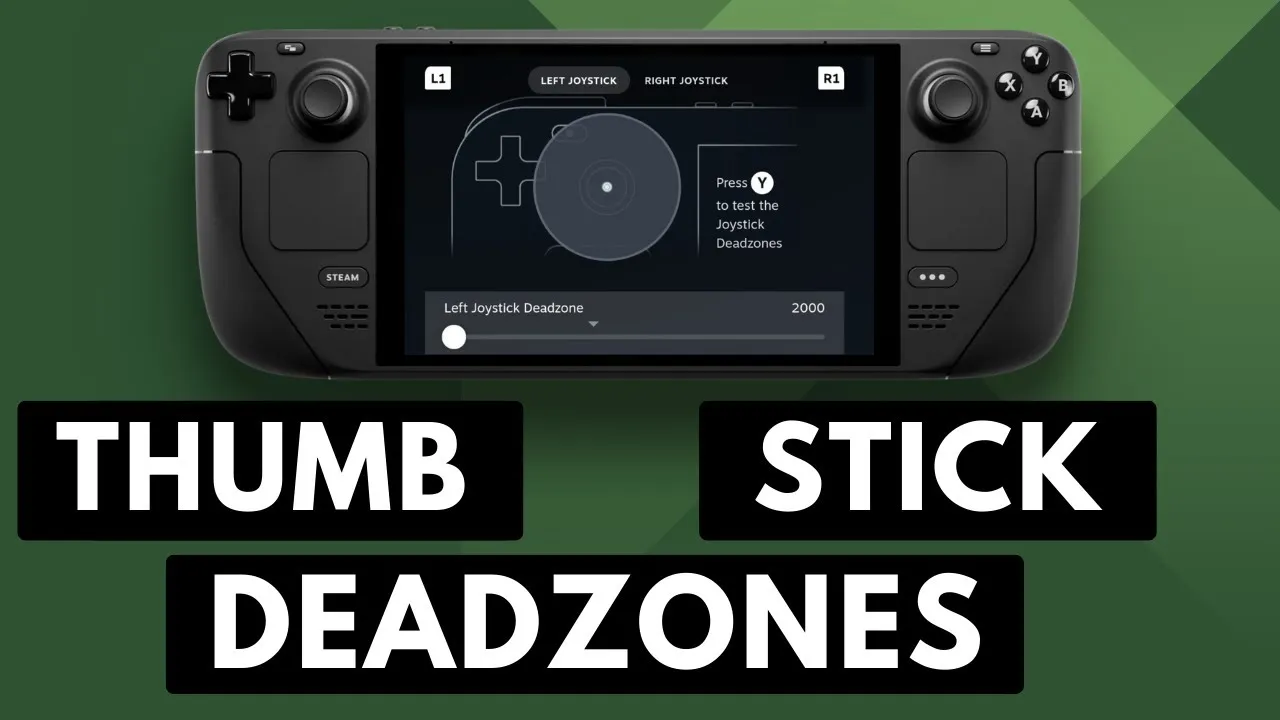Have you ever tried playing an FPS game on the Steam Deck and noticed that it is nearly impossible to get small, precise movements with the thumbsticks? Some will suggest that you try using the trackpad or even gyro controls for more accurate aiming. However, this can be fixed by reducing the deadzones within Steam OS.
By default, Valve has set the dead zones to a value that is so high that small and subtle movements with the joysticks aren’t even detected.
I understand why they did this, though. For one, it helps with drift as the hardware gets older and older. I could also see them doing it this way by default because that is how some competing consoles have their deadzones setup. And while this can be great for most games, it can result in a terrible user experience when trying to play just about any first-person game.
I experienced this when replaying through Portal since I normally play games with a mouse and keyboard.
What is a Thumbstick Deadzone?
If you’re curious about what a dead zone for a thumbstick (or joystick) even is, then you’re not alone. The goal of thumbstick deadzones are a way for the software to eliminate any unintended movement from the controller. So, if there weren’t any deadzones setup then you could be doing nothing more than touching the joystick and that would result in your character moving in the game.
You can see why this type of software feature needs to be customizable.
Some people may be perfectly happy playing games with a controller with very large dead zones. If you’re playing an adventure or action game then you may not need that type of precise controls of the character. But what if you were playing a stealth game where you sneak by barely pushing the joystick? With large thumbstick deadzones, it can be difficult to escape that software detection each and every time.

How to Adjust the Steam Deck Joystick Dead Zones?
So, you’ll be happy to learn that this feature is baked directly into Steam OS and can be adjusted without needing to install any mods or patches.
- Press the Steam button on the left-hand side of the Deck.
- Select the Settings option from this menu.
- Then scroll down to the Controller section of the Steam Deck Settings area.
- Then tap the “Open” button next to the “Calibration & Advanced Settings” feature.
- Now reduce the Deadzone for the Left Joystick to 2000 and press the B button to confirm the change.
- Then edit the Right Joystick Deadzone.
- Change that value to 2000 as well and press the B button to confirm it.
While I recommend setting this to 2000, it may not be the most optimal value for everyone. However, the default of 8192 is just too high (in my opinion) for any precise movement or aiming in a first-person game. Especially a first-person shooter type game.
So I believe the best method of dialing this in is to set these deadzones to 2000 and then playtest it in a game that you’re very familiar with.
Those are the games where you are likely to want more precision when moving and/or aiming. So you will know what value is too low and which is just right for your playstyle. Thankfully, it’s fairly quick to go back into the Settings area to make an adjustment. So finding the right number for you shouldn’t take more than 5 or 10 minutes (at max) since you’re testing with a game that is familiar to you.
Reducing Steam Deck Thumbstick Deadzones
Conclusion
We can shrink the dead zones of the thumbsticks on the Steam Deck really easily. I have historically been a keyboard and mouse gamer at a desk with a PC but Valve has really done a fantastic job here. They really are thinking like a gamer and delivering features that allow you to adapt the Steam Deck to your playstyle (and not the other way around). It may seem tedious to go through all of this but it is definitely worth it.
Especially if you’re used to playing first-person games with a keyboard and mouse. Yes, the gyroscope and trackpad controls an help (if the game supports it) but using thumbsticks just feel natural for some of us.
